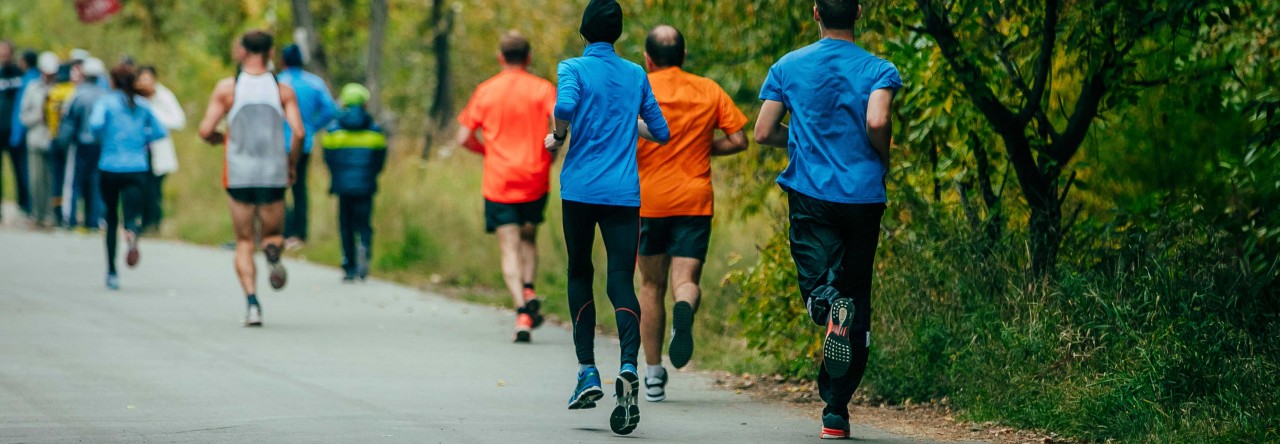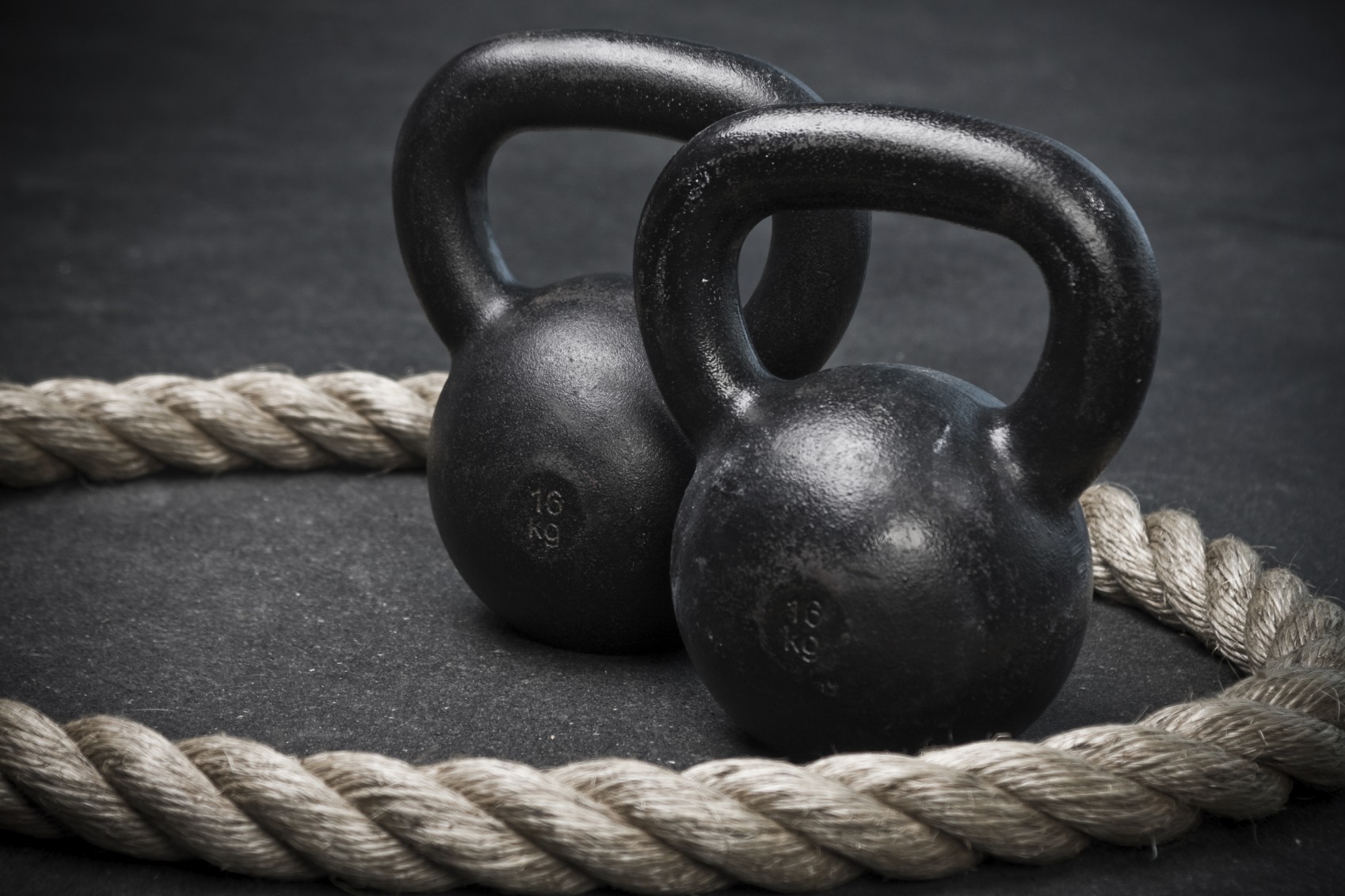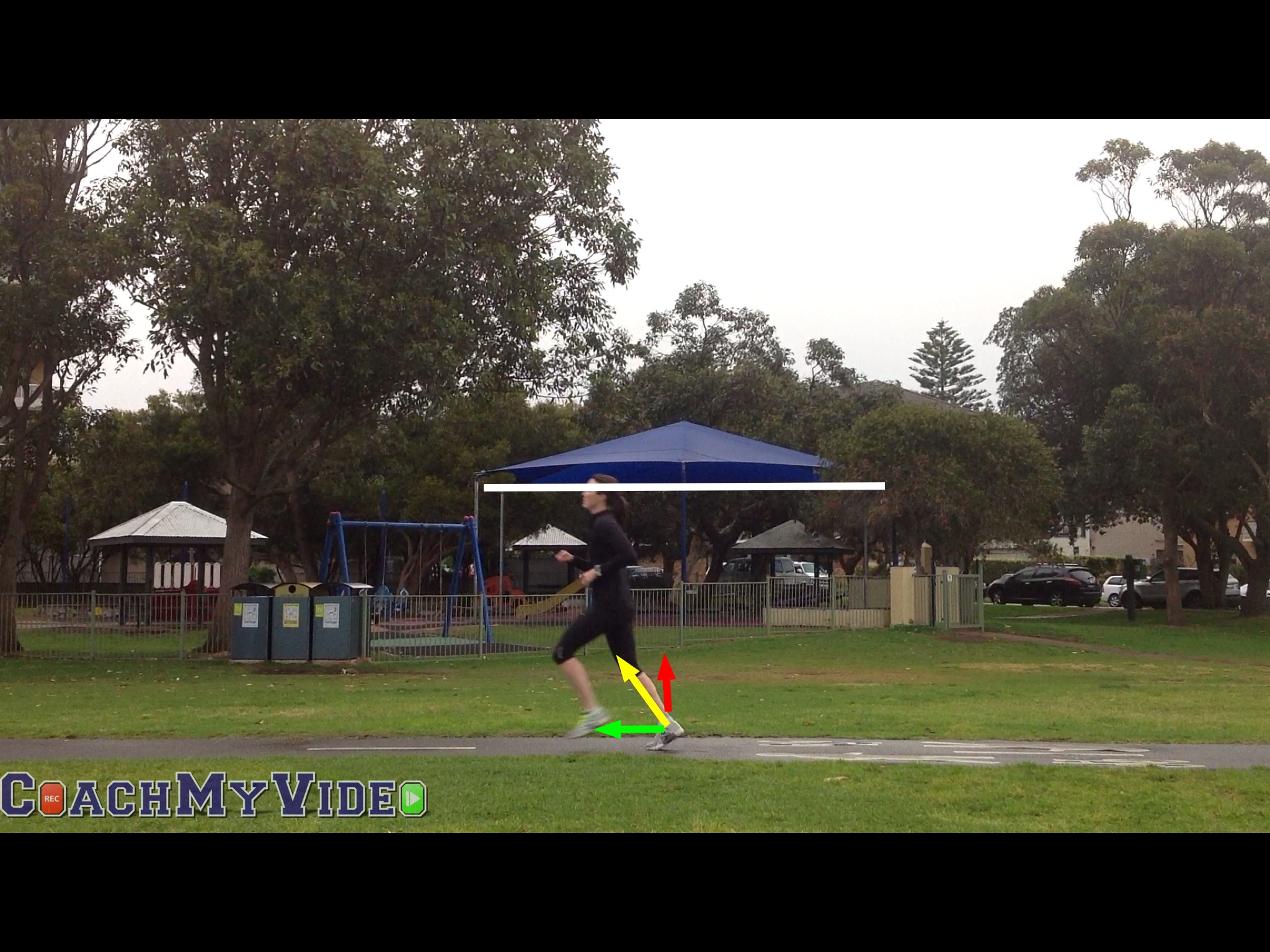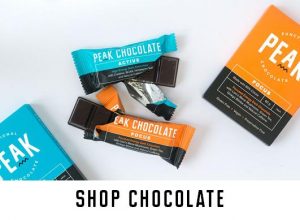What they didn’t tell you about running?
Almost any runner you will come across will tell you she gets into a much better mood after a good run. Why? A good run makes the body to produce more endorphins which create a relaxed, euphoric feeling.
When people think of running, they think of comfy Nike running shoes and moving fast. What you probably didn’t know, however, is that running is more of a technique that requires training, especially if you are to become a great runner.
Is It Possible to Improve Your Running Technique?
Yes!
Today, running techniques are being effectively taught. Traditional belief that running is an inborn talent is no longer accepted – now it’s all about learning the correct way to run faster, spend less energy, and experience little to no injuries.
Running looks like an easy sport whereas running efficiently is a skill to learn. Pose Method of Running is one of the best ways to run efficiently. The pose running, which is something that professionals teach at Sydney Northern Beaches, most of the time by Dee Why beach, reduces vertical oscillation, removes overstriding and landing ahead of the body, and adjusts stride rate (cadence) to 180ish, while helping you save up to 50% energy at running.
Here are some tips that will help you become a better runner.
Stride Length
Stride length is the outcome of speed. In Pose running (running according to Pose Method), stride length adjusts by speed and is not something to enforce. Trying to extend it usually results in overstriding, and overstriding usually comes with landing ahead of the body, either on forefoot or heel, it would be at a braking angle which is blatantly detrimental to performance.
Forward and Arm Motion
Remember your physics lessons about streamlined bodies? The same theory applies to running. By running in a comfortable self-propelled posture, it is easy to attain more speed. The arms are inarguably used for stability as well. In Pose Method arms are only for balance; however moving them actively might help with moving more weight forward which helps with fall angle hence speed. In general they should never swing across each other. Arms moving too much or crossing body is usually a sign of pushing off the ground which is what Pose running advises to avoid.
Is Knee drive, good or bad?
Raising the leg all the way up to 450 angle consumes a lot of energy when running, unless you want to sprint at a higher speed (debatable). But when on a slow and consistent pace, or long distance running, knees should not move upwards, thus consuming less energy and increasing endurance. Having knees always low is one of the main characteristic of Pose runners.
Running Is the Best Way to Exercise Your Body Entirely
While consistent running is believed to be the best activity for burning calories, it is also effective for gaining muscles. Since it is a lower body exercise that relies on hips, feet, and legs, it improves joints flexibility. This is of utmost importance, especially when one gets older.
Running also provides the upper body with the same healthy flexibility. It is almost impossible to run without swinging your arms and slightly bumping up and down. This decreases the subcutaneous fat while increasing lean muscles.
Did you know that the faster you swing your hands, the faster you will attain speed and stability?
Healthy Running Tips
• Never eat immediately before going for a run.
• Avoid running when it’s too hot.
• Always drink plenty of water (before, during, and after running).
• Music is good for motivation. Don’t use excessively loud music when running on the road.
• Remember to wear reflective clothing, especially if you go for a run early in the morning or at night.
• Choose well lit and smooth terrains to avoid getting injured.
Running for a minimum of 30-40 minutes every day improves body metabolism and leads to better bone density, as well as keeping your body healthy and fit.
Check this out: https://www.16best.net/blog/unbelievable-facts-about-running/



